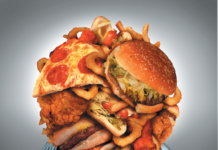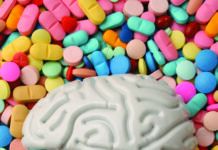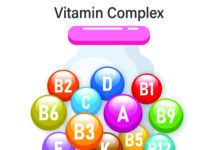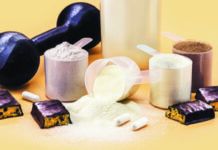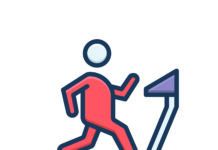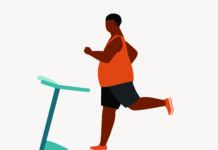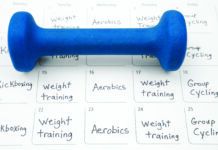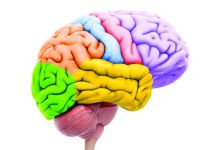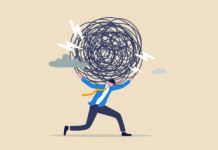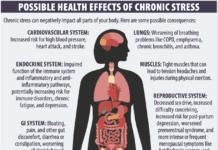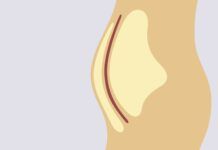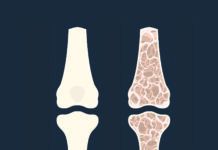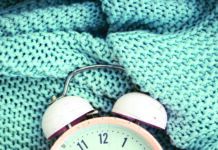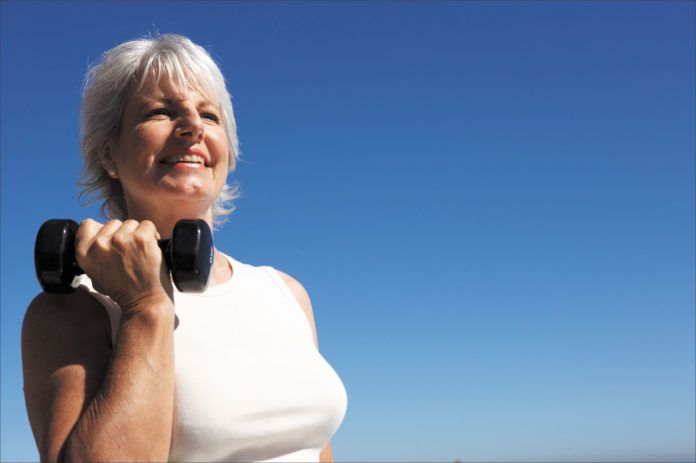Most Americans get plenty of protein-in fact, their problem isnt too little protein but too much of the calories and saturated fat that accompany such popular protein sources as cheeseburgers or fried chicken. But people over age 50 might need to pay attention to getting adequate protein, not just at dinner time but throughout the day. Tufts researchers are finding that a steady intake of protein from healthy sources, combined with aerobic activity and weight-training exercises, can help counter the loss of muscle mass often associated with aging.
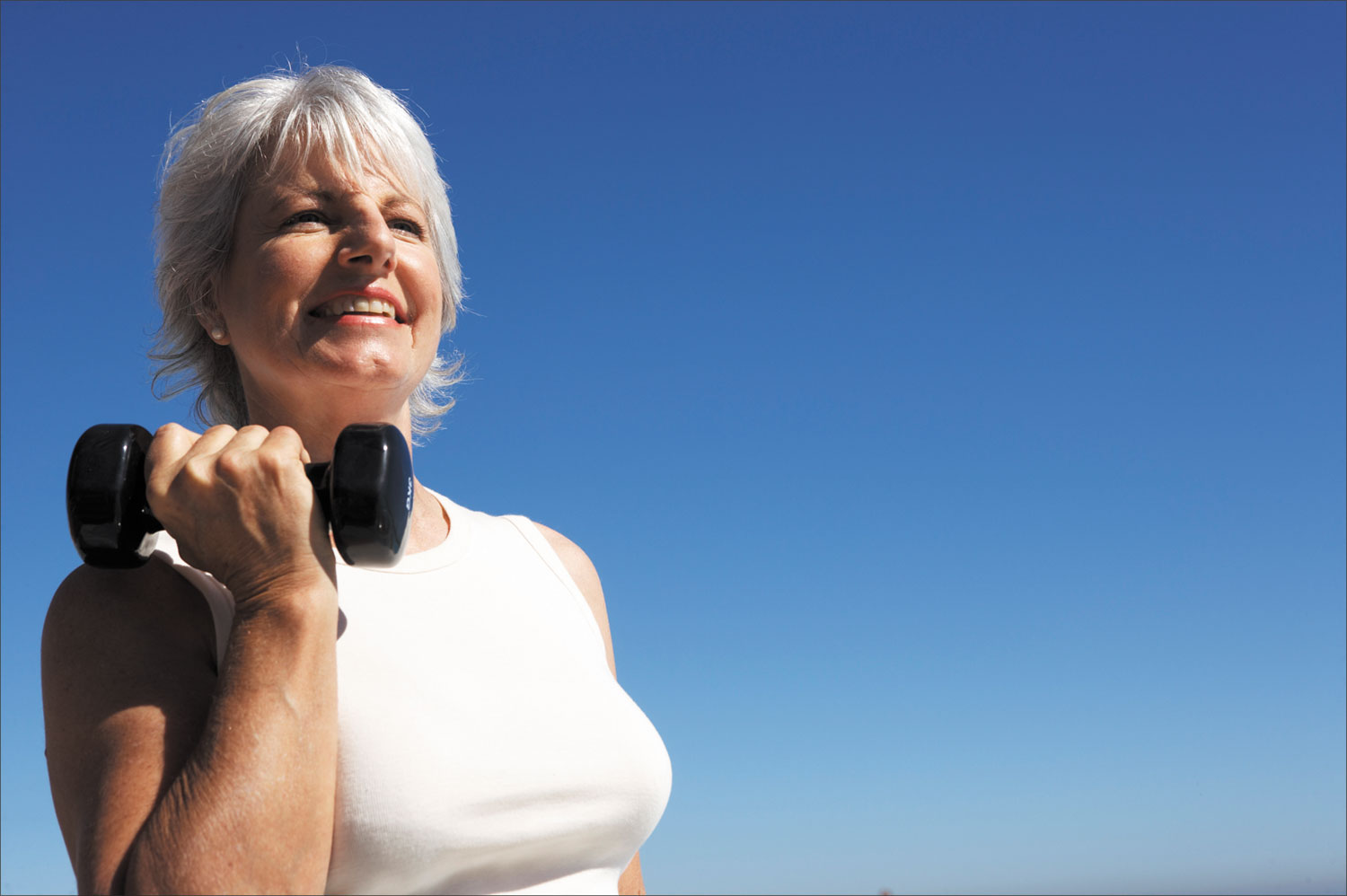
Its estimated that 20% of people between the ages of 51 and 70 have an inadequate protein intake, says Paul Jacques, DSc, director of Tufts HNRCA Nutritional Epidemiology Program.
In research published in the British Journal of Nutrition, Jacques and Martha Savaria Morris, PhD, looked at the combination of protein intake and physical activity in 2,425 people over age 50 during a four-year period. The Tufts scientists studied measures of skeletal muscle mass, protein intake, and exercise patterns in both obese and non-obese subjects. To get the most out of exercise, the study found, participants also had to be consuming enough protein. In fact, people who did muscle-strengthening exercises without protein intake of at least 70 grams daily actually had lower muscle mass.
UNDERSTANDING SARCOPENIA: Low muscle mass is a cause of poor muscle strength, Morris explains. One risk is the inability to carry out activities of daily living and, consequently, a lack of independence. Another risk is falls, which often result in serious injury among older adults.
The gradual loss of lean muscle mass that can occur with aging is called sarcopenia, a term coined by Health & Nutrition Letter Editor Irwin H. Rosenberg, MD, and fellow Tufts scientist William Evans, PhD. Skeletal muscles reach peak mass by the third decade of life, and with each subsequent decade muscle fibers decrease in size and number. This process speeds up in the later years of life; by age 80, up to 30% of muscle bulk may be lost. Sarcopenia affects 15% of people older than age 65, and 50% of people older than age 80.
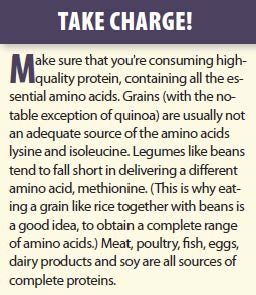
Since protein is the building block for muscle tissue, it makes sense that adequate protein intake is important to preventing sarcopenia. The NIH-sponsored Health, Aging and Body Composition Study, published in 2008, compared dietary protein intake with lean muscle mass in 2,066 men and women, ages 70 to 79. Over three years, participants consuming the highest amount of protein (an average 91 grams daily) lost 40% less lean muscle mass than those in the bottom one-fifth of protein intake (average 57 grams a day). Researchers concluded, Dietary protein may be a modifiable risk factor for sarcopenia in older adults and should be studied further.
PROTEIN MATH: How much protein do you need? The Daily Value (DV) used on Nutrition Facts panel percentages is 50 grams, but your requirements might be quite different. It depends on your body weight-0.8 grams of protein per 2.2 pounds, Morris explains. The range is between 40 and 70 grams per day. For example, a 125-pound woman would need 46 grams of protein per day, while a 175-pound man would need 64 grams per day.
Other Tufts studies have shown that exercise increases your bodys need for protein. Athletes need at least 0.9 grams of protein per kilogram of body weight per day-and maybe as much as 1.3 grams. And a 2005 review of the evidence concluded that older adults engaged in resistance training need 1.0 to 1.3 grams of protein per kilogram of body weight per day (4.5 to 5.9 grams per 10 pounds).
You may also want to spread your protein consumption through the day, rather than concentrating it at dinner time; changing body chemistry means older adults benefit from a more even distribution of protein intake. Some experts recommend that seniors consume 25 to 30 grams of high-quality protein with each meal to maximize the bodys synthesis of muscle protein. Thats a lot more protein than youll get from a typical breakfast of cereal and juice, which delivers only about eight grams. Consider adding an egg, low-fat cottage cheese, whole-wheat toast, meatless breakfast sausage or even fish to your breakfast to make sure your body has plenty of protein to start the day. (For more on protein, see our September 2012 Special Supplement.)
The bottom line, says Morris, is: Muscle mass wont maintain itself without your help. Exercise as vigorously as your body, your doctor and your physical therapist will allow. Begin at mild levels and work up to moderate and vigorous activities. Make sure your diet includes an adequate amount of high-quality protein. It may take a combination of all three to avoid losing muscle mass as you age.

